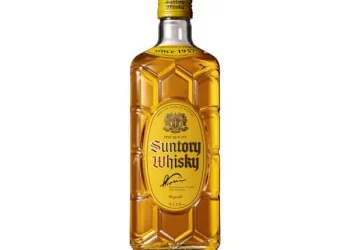Too much or too little alcohol will affect the balance of the wine structure.
Balance refers to the degree to which the structural components of a wine are integrated, including fruit, sweetness, acidity, tannin and alcohol.
In other words, alcohol is not an absolute measure of a wine’s quality, much less the higher the better.
A really good wine is like a melodious concerto, where all aspects are balanced and harmonious, and no one element stands out too much.
The alcohol in wine is converted from the sugar in the grapes, and the higher the sugar in the grapes, the higher the potential alcohol level.
Of course, alcohol can also be managed and controlled during the winemaking process.
There are many factors that affect the natural sugar content of grapes, regardless of the brewing process, such as the climate where the grapes are grown and how the vineyards are managed.
Grapes grown in warm or hot regions such as Australia and Chile are naturally high in sugar, while those from cooler regions such as Germany are relatively low in sugar.
Picking grapes early yields grapes with a lower sugar content, while those picked later have a correspondingly higher sugar content.
The latest market dynamics at any time to see, please pay attention to.












































